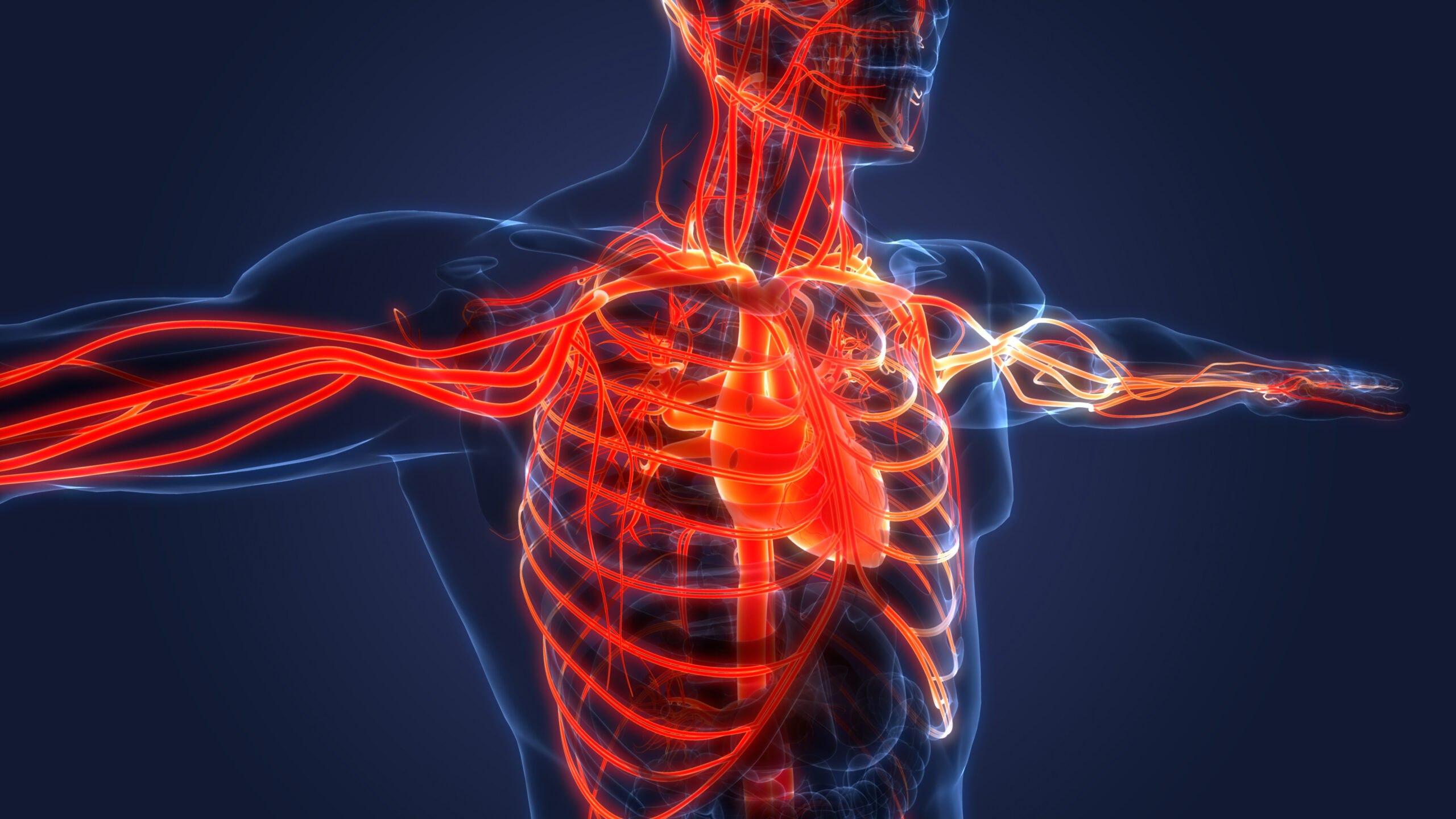In the heat of the summer, it’s not unusual to find your feet or hands are a little swollen, especially later in the day or after prolonged sitting. In hot weather, the body sends more blood to the skin, attempting to cool itself down by expanding blood vessels and allowing heat to escape through the surface of the skin. Cool water, or elevating the hands or feet can help reduce swelling. But swelling unrelated to heat in the lower legs or other extremities can be a symptom of edema or poor circulation – and may be a sign of a serious health condition.
Poor circulation, resulting from weight gain, age, or an underlying medical condition, can lead to serious outcomes including blood clots and kidney, liver, or lung disease. Some of the symptoms of poor circulation include varicose veins with pain, leg heaviness, numbness, tingling, aching, tightness, itching, swelling, or muscle cramps in the legs. Wearing compression stockings and avoiding long periods of sitting or standing may help, but talk to your doctor if symptoms persist or become worse. Poor circulation can also be a sign of a narrowing of arteries that impedes the heart’s ability to supply the body with enough oxygenated blood.
When there is insufficient blood supply, the skin may develop sores or ulcers that take a long time to heal and can become infected. See your doctor if you develop sores that don’t heal quickly; they may need to be treated with an antibiotic. Cold hands and feet are also a sign of poor circulation and can appear pale, blue, or reddish in color which may indicate Reynaud’s syndrome.
Poor circulation is a common problem among people with diabetes and can also lead to erectile dysfunction, sore or weak muscles, and chest pain. Stopping smoking, controlling high blood pressure and diabetes, managing stress, treating varicose veins, and losing weight can help prevent bad circulation that can lead to serious health outcomes. Talk to your doctor about any of these symptoms. A diagnosis can be made with a physical exam, medical history, and tests.
Learn more about symptoms of poor circulation, causes, prevention, management, and treatment by following this link to the Cleveland Clinic Health Library.






Add Your Voice
0 Comments
Join the Discussion